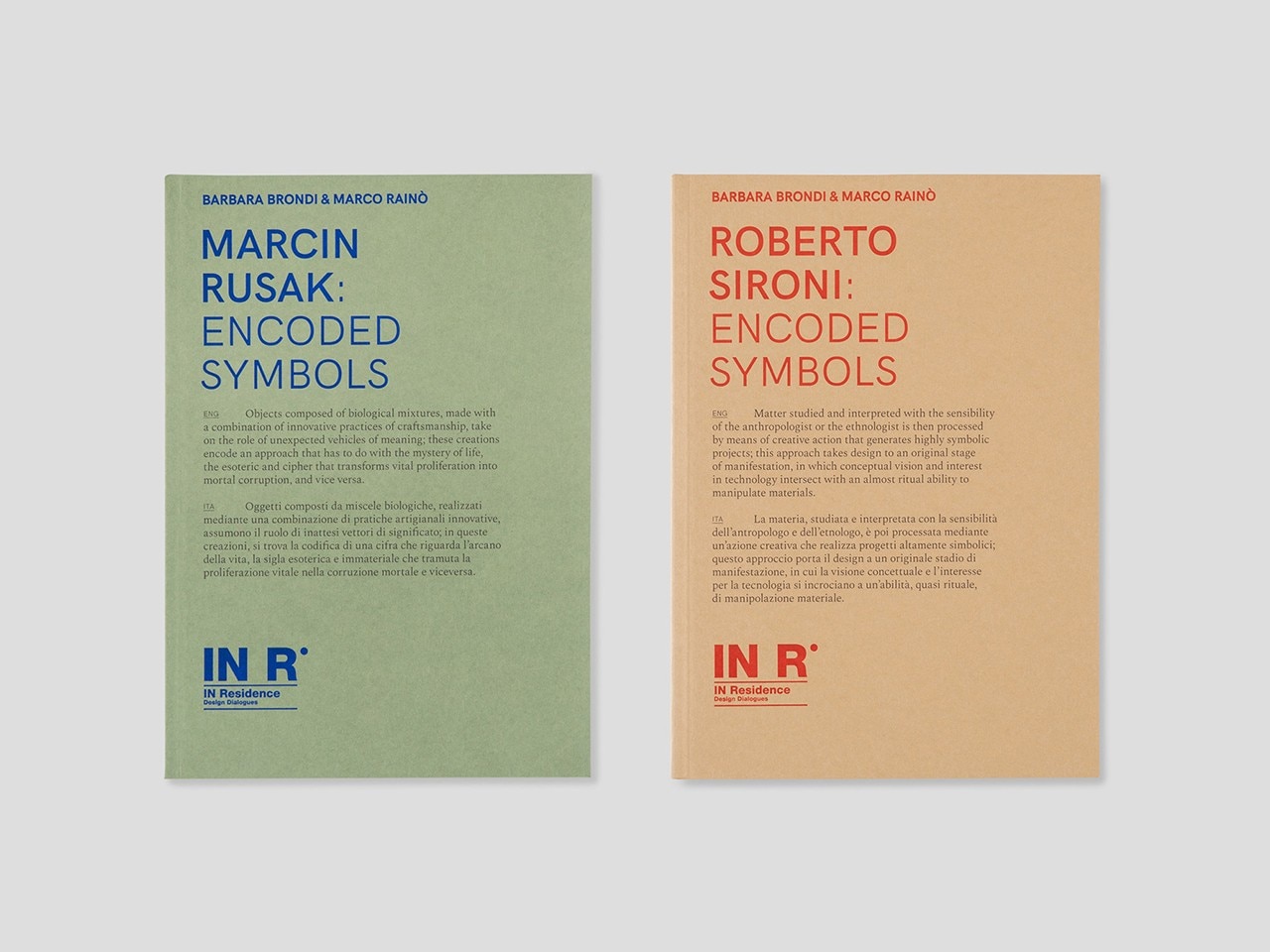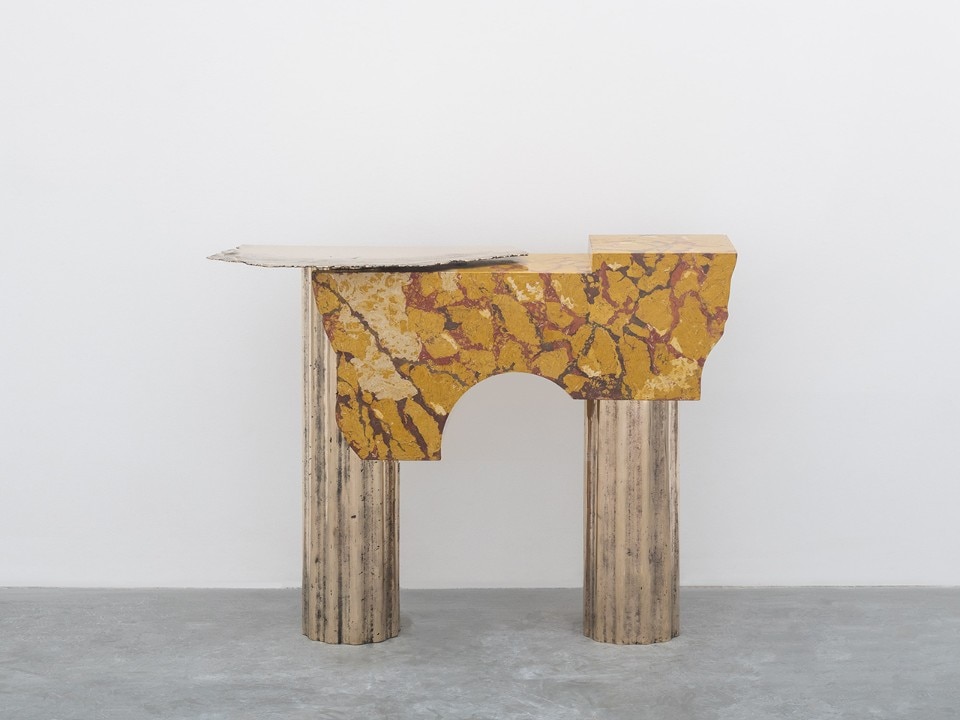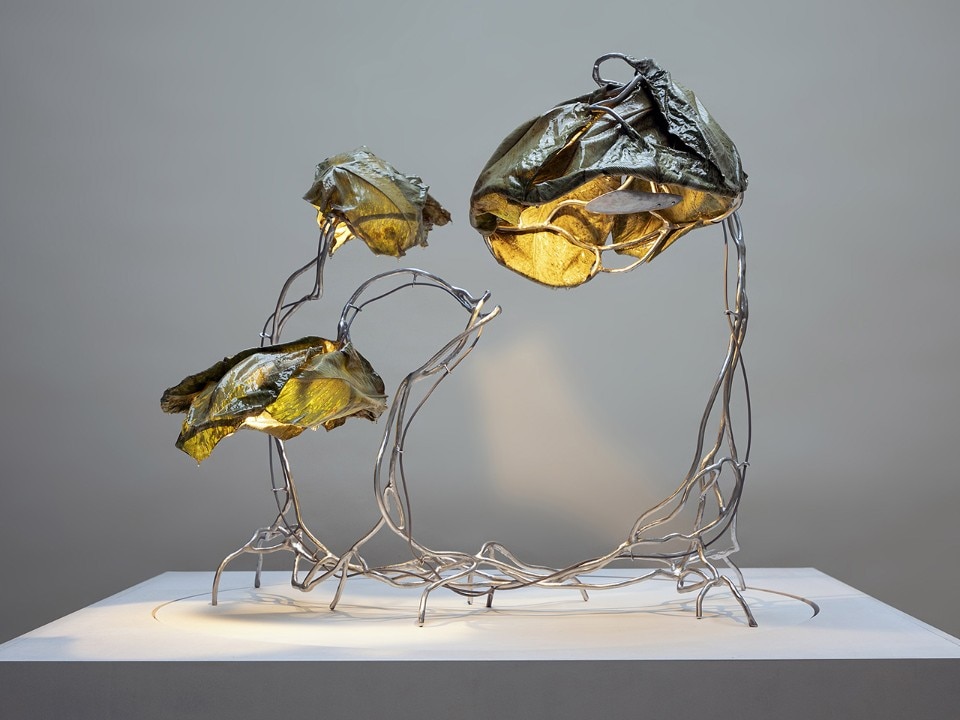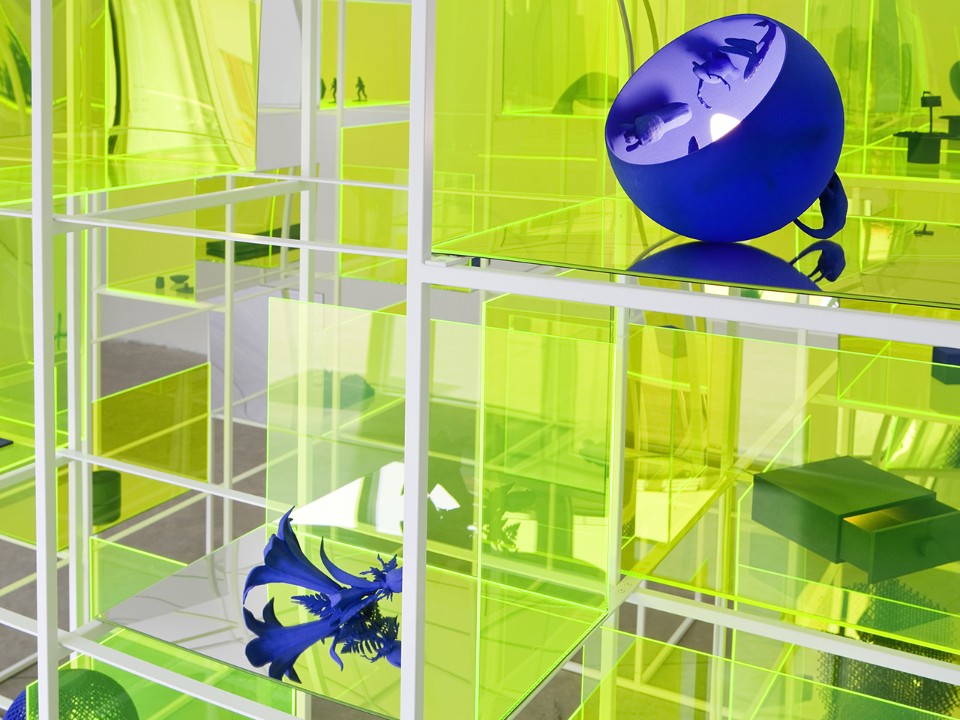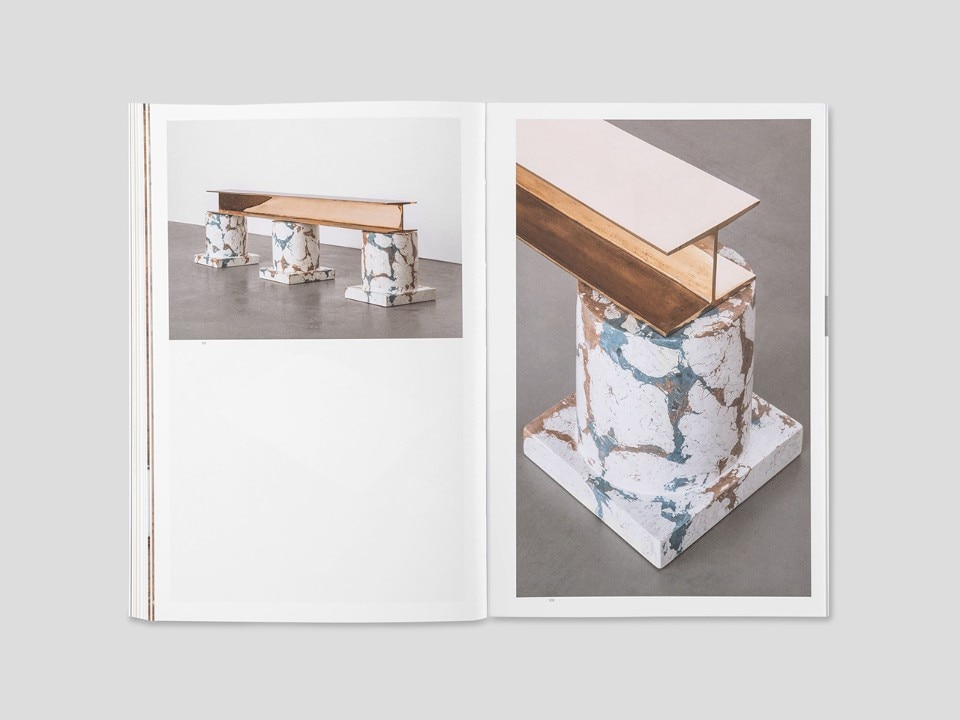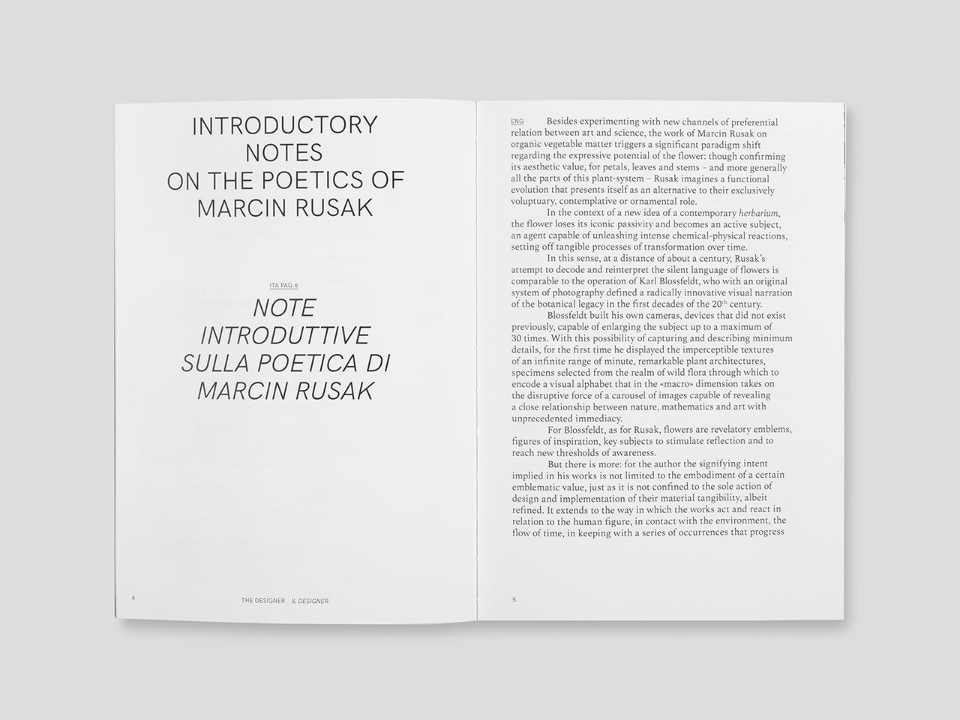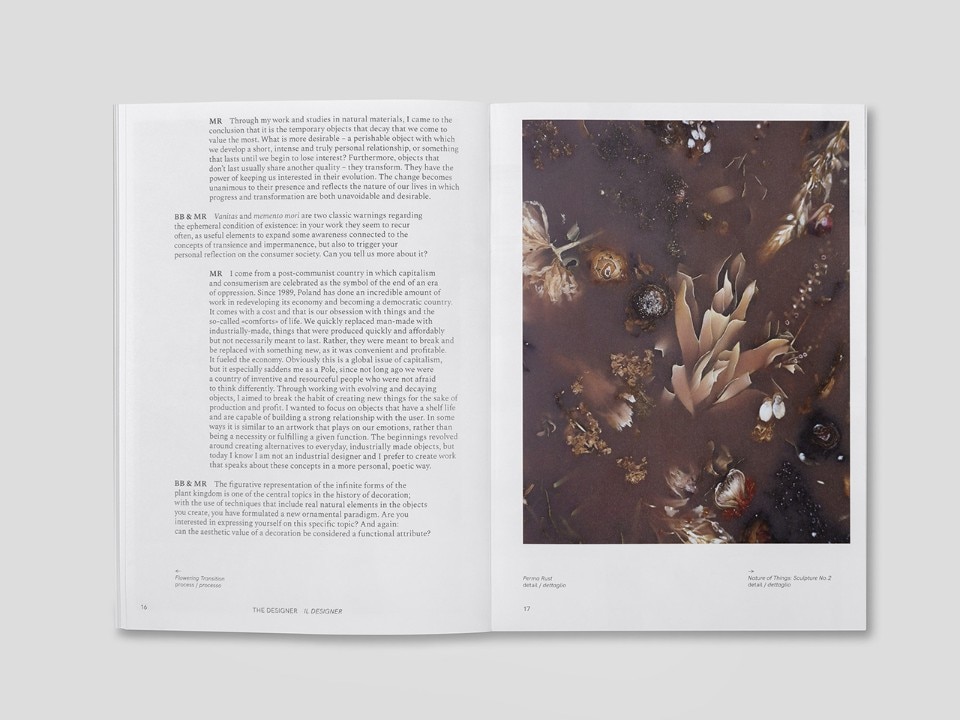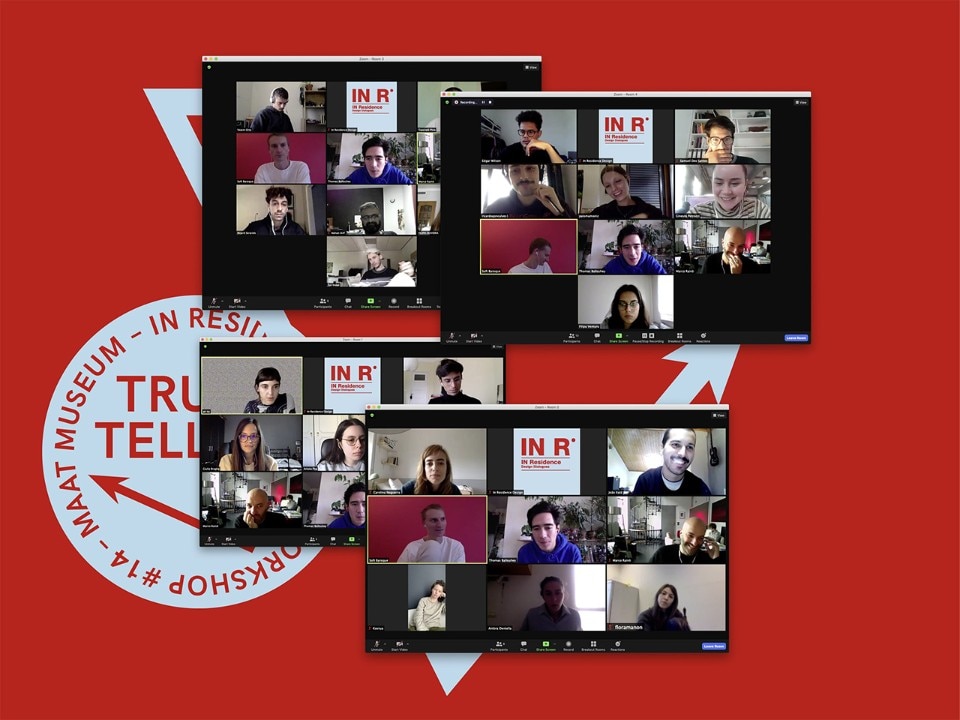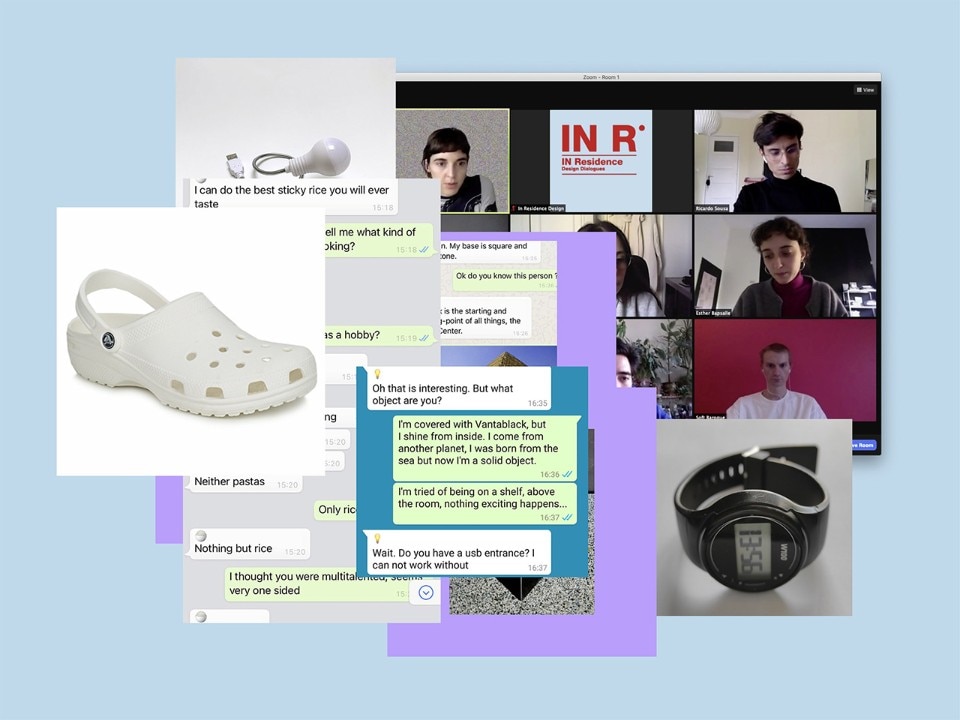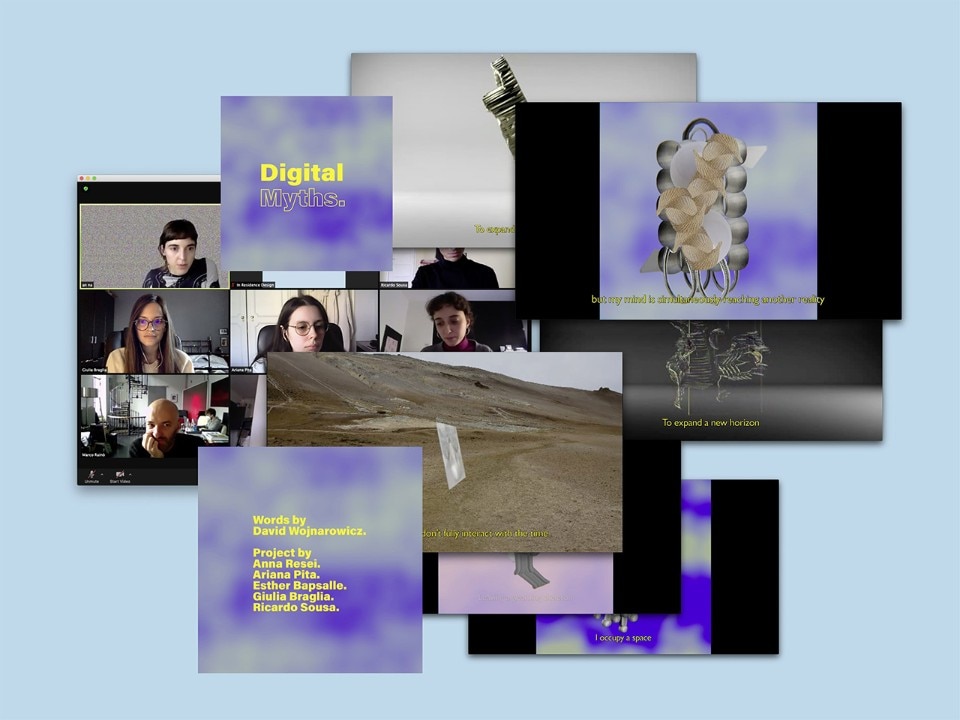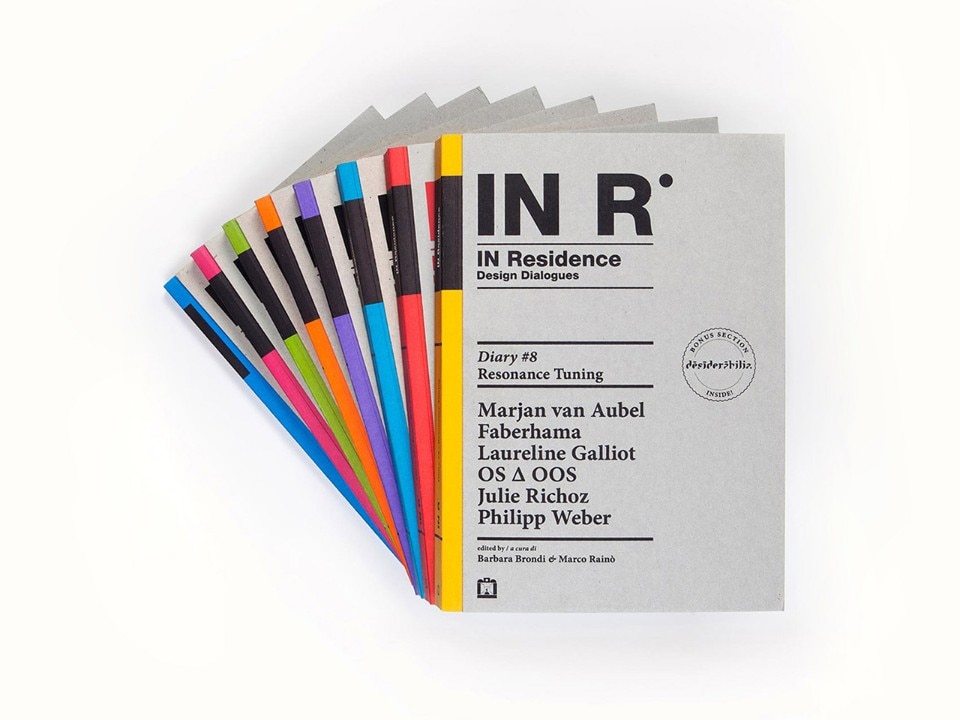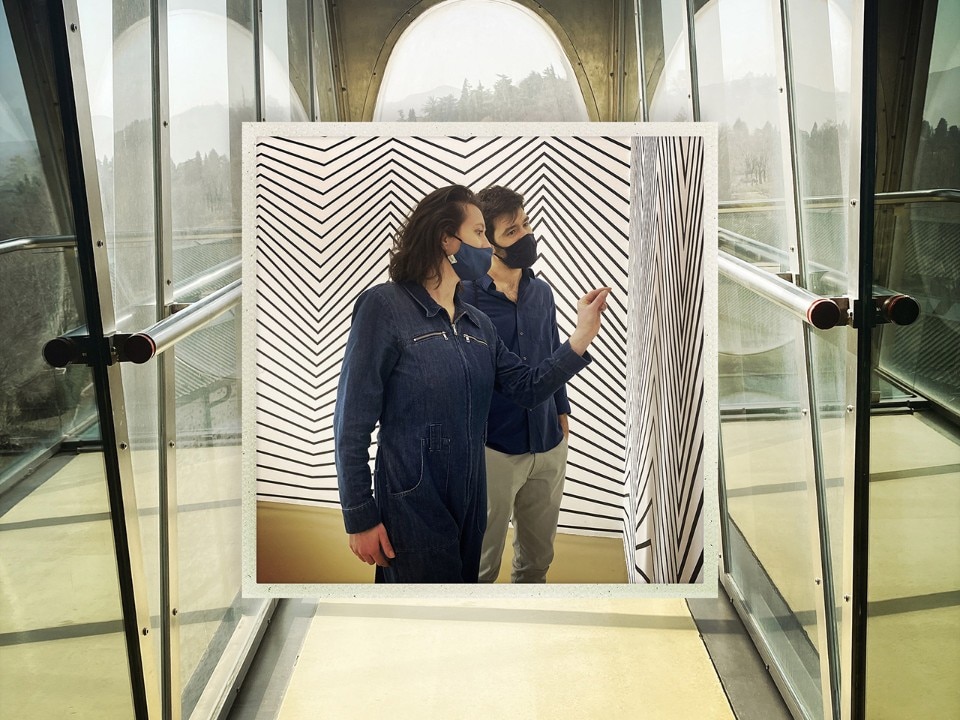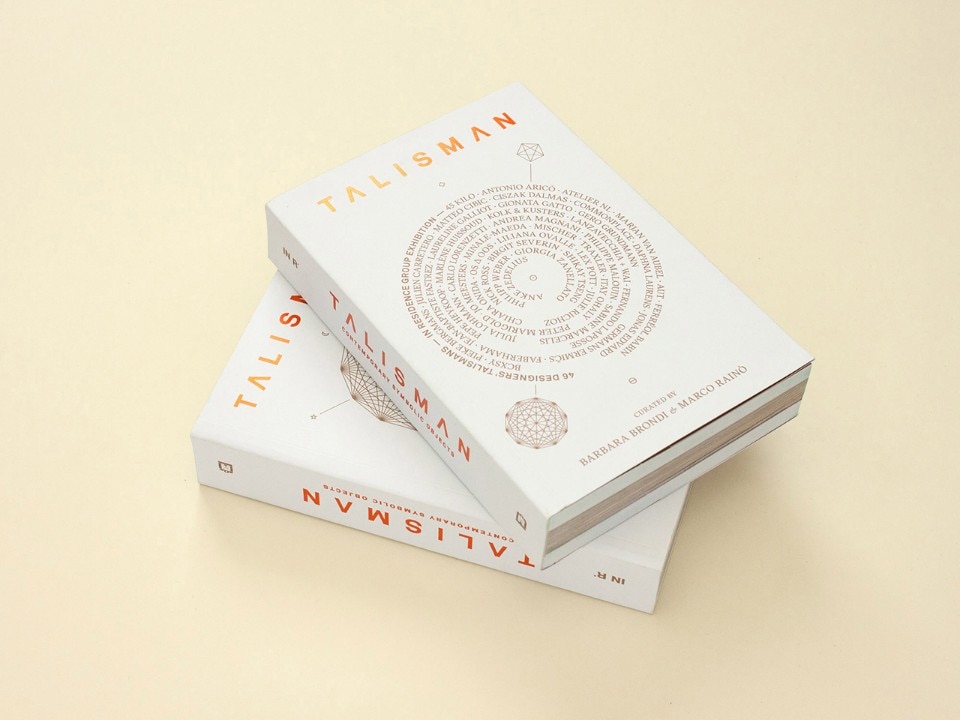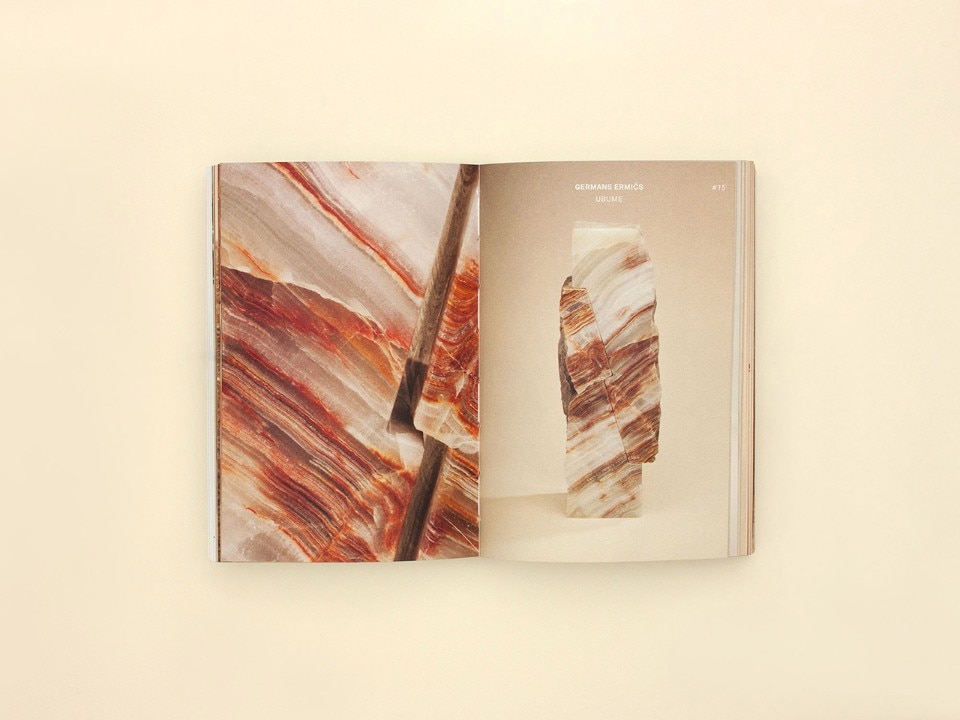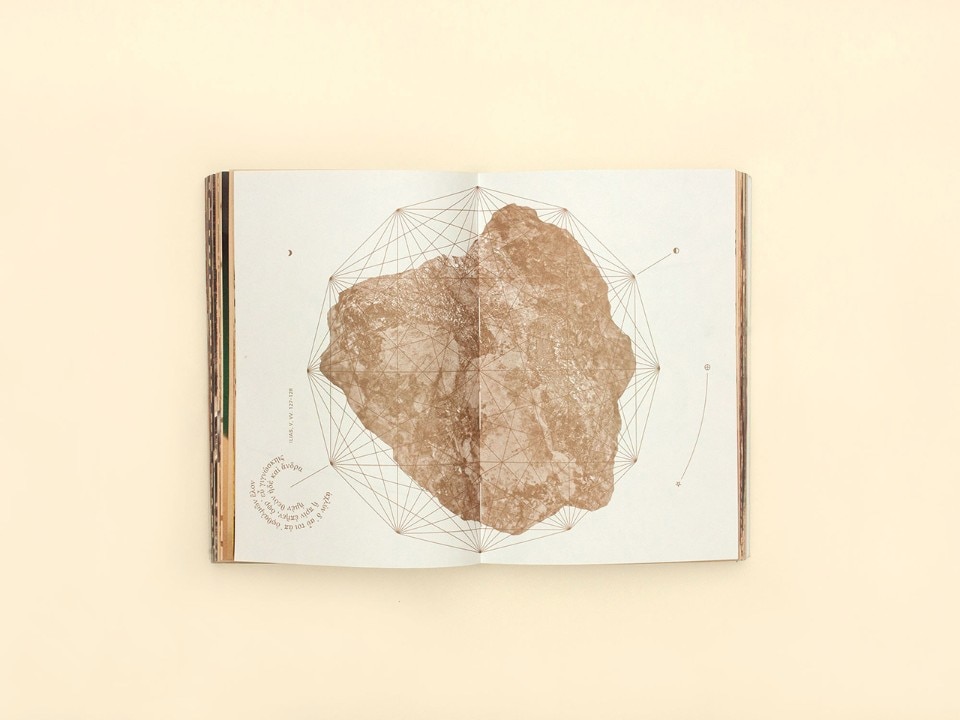Architecture, graphic design, art direction, editorial production, curating and much more: Barbara Brondi and Marco Rainò, founders of the Turin-based BRH+ studio, work in very different fields, but always with an experimental and dialogue-oriented attitude. With the IN Residence project, the duo has over the years developed a complex system of tools, thanks to which they establish relationships with young independent designers. They tell us about it in this interview.
For the IN Residence project, what kind of authors do you work with? How do you select them?
In the range of practices that define our professional commitment – even very different from each other, but always in dialogue – curatorial research has always been oriented towards collaborations with authors who prefer experimentation, who approach the project process as an opportunity for vertical reflection on a specific strong concept; we are interested in designers who see the results of the creative act as potential vectors of cultural change.
In the case of the IN Residence project, we are addressing the international panorama of young designers capable of original conceptual speculation, hybridising craft practices with those derived from technological exploration; we work with individuals interested in the expressive methods of art, sensitive to expressing themselves through a highly poetic language.
The selection of designers to whom we propose to participate in the various activities included in the IN Residence project is based on the affinity of their practice with the themes we intend to investigate: we constantly update our personal lists with the names of the authors whose work we are passionate about, for very different reasons.
We look towards the international panorama of young artists capable of original conceptual speculation, hybridising craft practices with those derived from technological exploration
The IN Residence project is composed of several actions, which are complementary and interdependent. Can you tell us how the whole process develops?
The Design Residencies of the IN Residence project were inaugurated relatively recently: after the first episode that saw Marcin Rusak and Roberto Sironi working on the topic of Encoded Symbols, we are now engaged in the development of the second appointment that involves Linde Freya Tangelder (Destroyers/Builders) and Kostas Lambridis reasoning on the concept of Rooted Flows.
The phases that mark the residency format are consequential and correlated. The two authors selected for each edition are invited to spend a short period of time in Turin, where - under our guidance - they face a busy calendar of meetings and visits; the many stimuli collected at this time are then processed by the designers, with whom we organise an intense exchange, a constant dialogue that leads to the finalisation of two distinct original projects. In parallel and in agreement with the authors, we verify the possible collaboration with some of the most prestigious galleries in the sector, which provide for the production of the new pieces, their exhibition and marketing, according to a synergy agreement with IN Residence. In the case of the residency dedicated to the theme Encoded Symbols, the works by Rusak and Sironi were produced in agreement with the Carwan Gallery in Athens.
The framework of the residency project is completed by the publication of two monographs edited by us, one for each of the two protagonists of the residency.
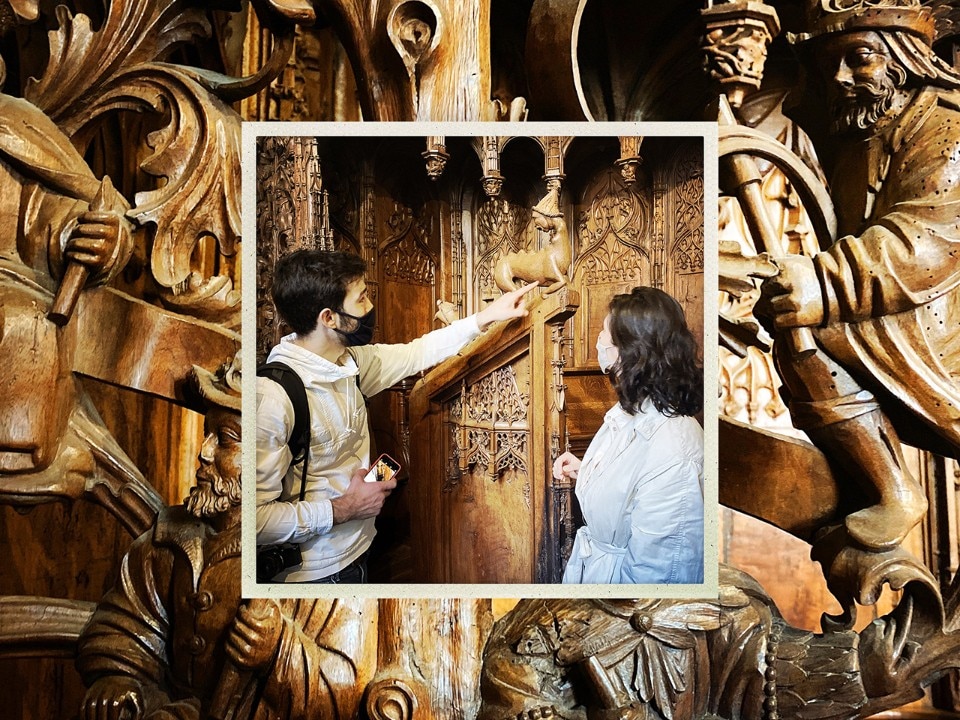
Books become a fundamental tool for recounting the research behind each object. How does each publication develop and what do you want to tell?
We have always been interested in fixing our critical reflections in written form: we consider the conception and composition of a text as a creative and expressive endeavour valued on a par with our other project activities.
The book object – a digital and analogue product, of which we love to design every square millimetre – has important value connotations: it is a vehicle of thought, a vector of knowledge. It is, in the best of expressions, a tangible manifestation of beauty that is never ordinary.
IN Residence has been, and continues to be, a privileged channel for reflecting critically on the themes of contemporary design – and therefore of contemporary society, of the cultural climate of our communities. With this curatorial project we have written, designed and published 11 volumes published by Corraini Edizioni; now we are working on the series of monographs related to the experience of Design Residencies, published by Nero Editions.
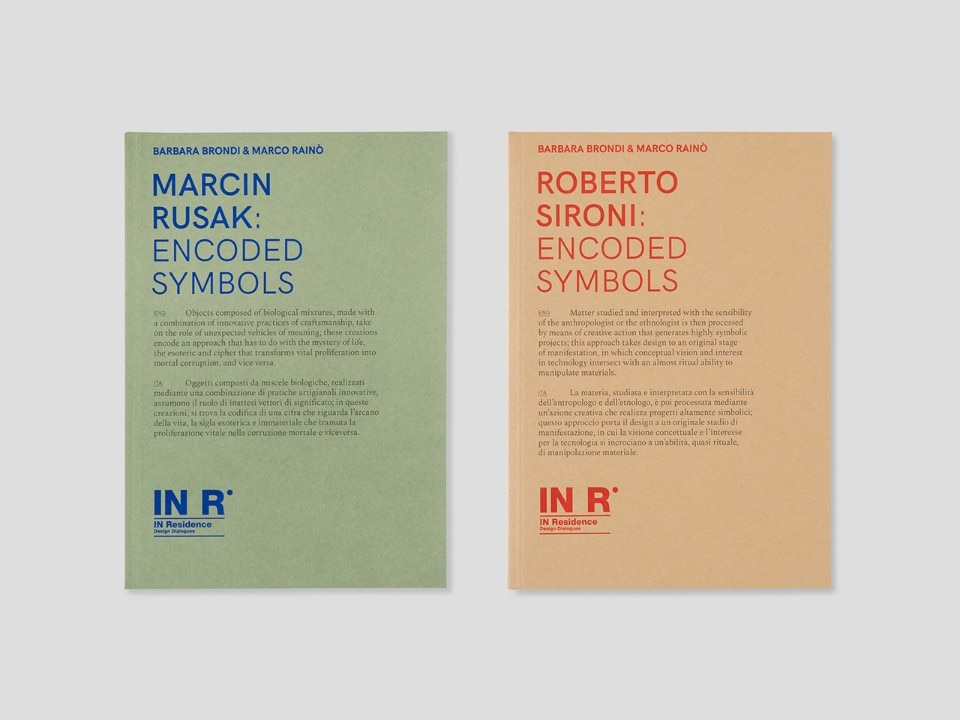
What are the objectives of your research? In which fields should contemporary design intervene?
With IN Residence, we design social and cultural innovation by using the tool of confrontation and dialogue, starting with the emerging talents of contemporary design; we are interested in producing knowledge and spreading it, also through the didactic-training activities of the Workshop series included in the programme.
More generally – including the work of BRH+, the studio we founded in 2002 – our research is oriented towards experimenting with the many ways of designing to provoke reflection and stimulate awareness.
Our projects - material and immaterial - have the ambition of expressing themselves also on a symbolic level, as codes to search for resonance and emotional reaction; or to try to inscribe themselves in the sensitive and poetic dimension of magic; because, as Ettore Sottsass wrote, "design begins where the signs of magic begin".
We consider the art of designing, the discipline of design, as pervasive: a stateless subject that inhabits everywhere, a process – mainly of thought – that intervenes, potentially, on everything. This is why it is – or should be – a crucial subject, a central subject of study and confrontation in society; this is why the profession of designer cannot be considered secondary, accessory, illusory.
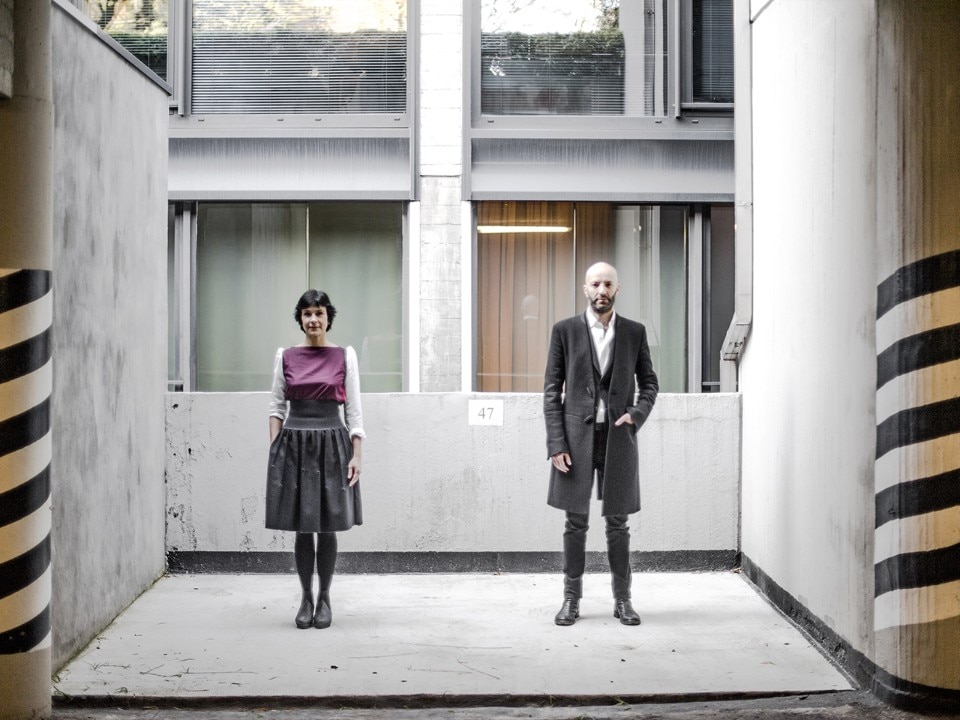
Considerations on collectible/experimental/non-industrial design in Italy?
Italy has a historical vocation for design, it has talents in the practice of designing: on the experimental side, in that sector of "collectable" artefacts – but not only and not necessarily – it has its own standing, its own sensitivity, a quality that is expressed in the work of an archipelago of interpreters belonging to different generations. It is a narrow circuit, but one that a few galleries – and a few projects organised according to a different formula, albeit one that still relates to the market – are helping to structure and expand; we are interested in those realities that tell deep, vertical stories, that are obsessed with the search for meaning and significance in the production of new objects. We correspond with those who believe that design is, above all, a cultural detonator.


